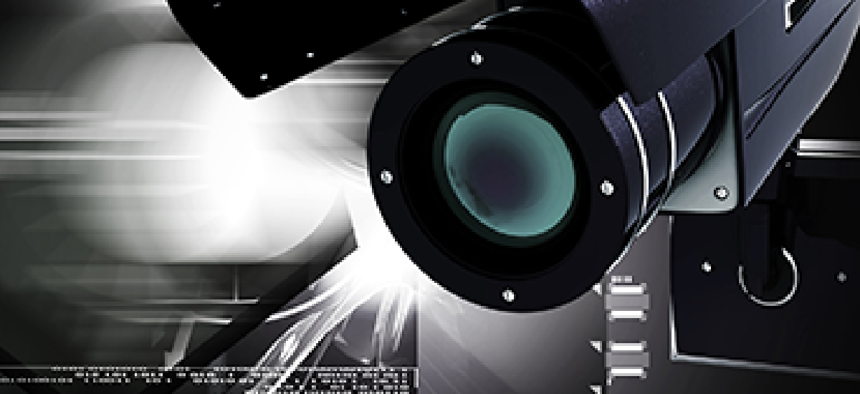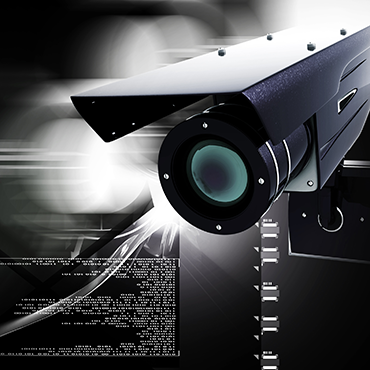Video analytics, facial recognition and justice

The tools for extracting insight from video are rapidly improving, while high-profile cases are showcasing the value.

The tragic events in Boston this spring, and the investigations that ensued, have underscored the growing prevalence and importance of video surveillance technology in protecting U.S. citizens from terrorism.
In cities and streets across America, video surveillance and other emerging technologies are increasingly being used by law enforcement officials—and businesses as well--to monitor goings-on at public places. While such technologies inevitably raise “Big Brother” questions about privacy, the Boston bombing investigations showed the power of these technologies in bringing terrorists to justice. What’s more, it is my hope and my belief that as these technologies become more sophisticated and more connected, they will serve as a deterrent to terrorists considering future acts at a time when Americans need to be more vigilant about the prospect of violence on our own turf.
The technology goes well beyond collecting video surveillance images and manually viewing them to identify suspected criminals or terrorists. A large-scale facial recognition system, for example, can include tools to enhance the images collected by video surveillance systems and compare them against images stored in an external gallery, such as a database of drivers’ license photos.
The problem is getting images of sufficient quality to make that match. And that’s where the technology comes in.
When authorities collect facial images off of video feeds or still photos, they often find the subject is not looking straight ahead. He might be looking slightly downward and to the left or turned a bit to one side or the other. It may be difficult to compare that image against a driver’s license photo in which the subject is looking straight at the camera.
By using software now available from multiple vendors, investigators can manipulate that image and turn it so it has the same pose as the gallery image. So if I’m looking for a match on someone whom the surveillance camera photographed looking down and to the left, I can use special tools called pose-correction algorithms to simulate that person's face as if he was looking straight at the camera as in a driver’s license photo. In some of the work we do on identification systems, we have seen a 15 percent to 20 percent increase in the ability to recognize a person by doing that.
Another technique involves manipulating the lighting in the facial images that are collected. When capturing video, the quality of the light in an environment varies, and shadows and other obstructions will be encountered.
This also can be addressed in post-collection image analysis and can be automated through analytics where the image is corrected for shade or different lighting conditions. Through this process, the image can be made cleaner and crisper.
But it’s not always about facial recognition. Video analytics have the ability to help distinguish colors and features. For example, these tools can distinguish people that have backpacks on their backs versus people who don't. They also allow video searches to quickly identify these features. An investigator can program the tool to search for the color of someone's clothes. They can look for the color of a vehicle or the type of vehicle. Is somebody running? Is somebody walking? The search results may not be 100-percent accurate, but they can help narrow down the field and gives investigators places to focus.
One of the positive things that came out of the incident in Boston was the participation of citizens who shared their own video recordings with police and provided other information. This created a huge repository of data that could easily grow difficult to manage. Fortunately, technology solutions can give law enforcement the ability to upload imagery and manage it through the entire life cycle. For example, an agency can set up a web portal where citizens can upload video or photos from their cameras and phones. The system can then tag the imagery and track who within the agency has reviewed the images, when they were reviewed, the results of what was found in those reviews, and whether the images were manipulated by reviewers.
This provides an evidentiary video case-management capability, allowing law enforcement agencies to collect video evidence in all sorts of formats and upload it to a system that can be accessed by authorized users, who in turn may provide additional information based on their reviews. It maintains the chain of custody and the evidentiary quality of the video, so that it can be used as evidence in court.
Catching bad guys on video is only part of the solution. Governments need the capabilities to quickly search through and analyze that video and to make it useful as a law enforcement tool. Today’s video analytics and facial recognition solutions can provide those capabilities.


